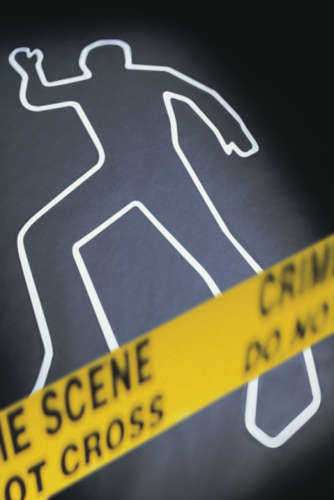
An insanity claim is a specific affirmative defense which a defendant may attempt to make use of in order to avoid conviction on a more serious charge. The definition of legal insanity is not the same as a ruling of mental illness in a psychiatric or medical setting.
The legal definition of insanity merely implies that the defendant was not in possession of the mental facilities required to come to a reasonable conclusion.
The exact definition of what constitutes an acceptable legal claim of insanity has gone through many changes. Its current definition is significantly different from the first modern definition laid out in English common law beginning in the early 19th Century. The current definition of the legal basis for an insanity plea was established in the Model Penal Code in 1982.
The ability to enter a plea of insanity came under heavy criticism after an attempted assassination of President Ronald Reagan in 1981 by John Hinkley Jr., who suffered from several mental disorders. In response to calls to abolish the plea of not guilty by reason of insanity, Congress passed the Insanity Defense Reform Act of 1984, which restricted the circumstances under which an insanity plea could be entered.
Background
How to Claim Legal Issues and Pertinent Laws
The legal rights of defendants who have pursued acquittal due to insanity have taken a long time to develop. Frendak v. United States was a 1972 Supreme Court ruling which stated that a defendant could not be forced to use an insanity defense against his or her will because the same standards which must be met to declare a person incapable of assisting in his or her own defense are nearly identical to those standards which establish mental competency.
The Criminal Lunatics Act of 1800 was an English law which allowed the insane to be detained if they posed a credible threat to themselves or others. A 1992 U.S. Supreme Court decision restricted the ability to retain individuals against their will in mental institutions solely on the basis that they might one day prove dangerous.
Abolishing The Insanity Plea
There has been a movement to abolish the insanity plea from criminal law proceedings. The movement gained its strongest point after the attempted assassination of President Ronald Reagan in 1981 by John Hinkley Jr. Hinkley suffered from several mental disorders, which contributed to his acquittal on all charges by reason of mental defect. Hinkley was sentenced to a mental institution instead of a penal institute.
Critics supported a more conservative jurisprudence which would return to findings which found the insane guilty but recommended clemency as a result of their mental state. This would be a return to the original rulings of insanity as provided in English common law before the first insanity tests were developed.
Insanity After Crime Has Been Committed
As the appeals process in death row cases has become more lengthy, the courts have begun to confront the issue of criminals who were not insane when they were convicted but have suffered a decline in mental facility by the time they are facing execution. As a result, the Supreme Court has interpreted the Eighth Amendment to prevent the execution of individuals suffering from mental disability when facing execution.
Due to this interpretation of the Eighth Amendment a suspect may be required to pass three different competency hearings: a competency hearing to determine if they understand the charges, a competency hearing to determine if the defendant can participate in their own defense, and a competency hearing before being executed.
Temporary Insanity
A plea of temporary insanity may be entered if the defendant claims to have undertaken the crime as a result of extreme emotional distress or other extenuating circumstances. A criminal court case when a plea of temporary insanity is entered may include crimes of passion or where the crime was committed by a schizophrenic who was not taking medication at the time but has since resumed taking their medication.
Temporary insanity involves instances when the accused was acting in an insane manner at the time of the crime but has since regained their sanity.
Tests
The current test for insanity was developed in 1982 by the American Law Institute and is known as the Model Penal Code. It considers the defendant’s ability to know what they are doing, the legality of their action, their ability to restrain their action, and any preexisting mental disabilities.
It developed from the M’Naghten Rule developed in 1843, the Irresistible Impulse Test created in 1887, and the Product or Durham Test developed in 1954.




